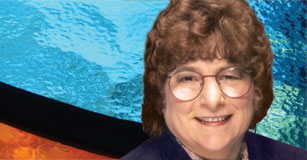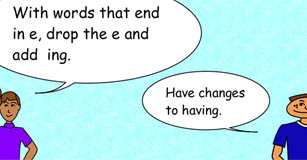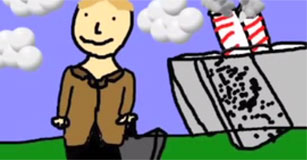Genius of Print
Create memories through beautiful paper books created by children
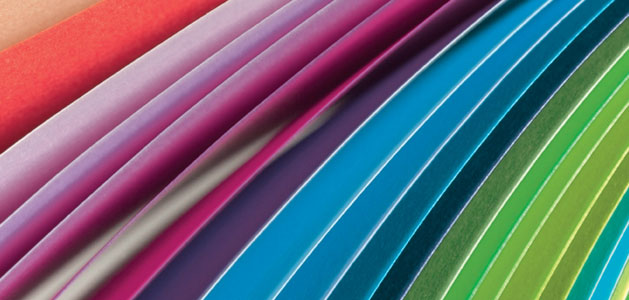
Making things provides a powerful context for learning. An authentic, or real-world, audience for one’s work is a mighty motivator. As teachers, we often promote the idea that process is more important than the end product, yet it is often the product itself that provides context and motivates students to learn. Knowledge is a consequence of experience, and open-ended creativity tools expand opportunities for such knowledge construction.
Emphasizing the process—the “doing” part of project work—should not cause us to lower our expectations for the final product. Sometimes we overlook shortcomings in a final product because the result is… well… cute. While cuteness may be a desirable attribute of student projects, good is even more desirable–and there is no reason why student products cannot be both cute and good. Interesting, timely, relevant, sophisticated, moving, whimsical, charming, thoughtful, original, clever, imaginative, and innovative are all attributes that contribute to a good project.
While every project may not generate an objet d’art, we should assume that every project we undertake has the potential to do so. We must operate from a perspective that children are competent, talented, and capable.
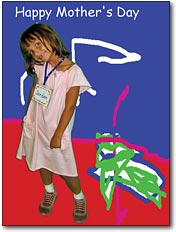
Whatcha Gonna Make?
The advent of the personal computer 30 years ago was greeted by the metaphor of “computer as tool.” Seymour Papert, who worked with renowned educational theorist Piaget, combines the constructivist idea that learning is an active process with the research-backed concept that learning happens most effectively when people actively make things in the real world. He calls this idea “constructionism.” Papert refers to the computer as a raw material with which you can make all sorts of things. Papert believes, like many of us, that the construction of shareable artifacts—a poem, a robot, a computer program, a musical composition—is an effective way of ensuring the construction of mental models.
More so today than ever before, it is clear that many forms of student work live only on the computer screen. Computer graphics, digital storytelling, movies, animations, simulations, and video games are all screen-based. Many educators have embraced this technology fully and in many computer labs and technology-rich classrooms this aesthetic transition is in full bloom. But wait! Let’s not forget the value of paper!
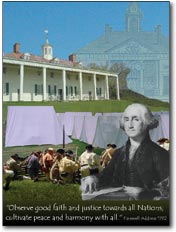
Ah, Paper
I was reminded of the power of paper during my recent study trip in Reggio Emilia, Italy. Teachers there investigate the thinking of children by meticulously documenting what students do and say while engaged in projects and social interactions. Some of these “learning stories” are memorialized in absolutely gorgeous books—not eBooks, but good old-fashioned paper ones.
Web pages, podcasts, PDFs, and YouTube videos are great ways to share student work, especially when a project is enhanced by digital publication, but paper is timeless. Paper-based student work can become a family heirloom and be cherished for generations. Some tools, like Pixie, are equally suited for sharing work either way, allowing students to publish work as podcasts or online storybooks as well as printing greeting cards, booklets and graphic novels.
One of the most exciting revolutions in printing since the invention of movable type is happening right now: print-on-demand. iPhoto can be used to generate spectacular books chronicling a project’s development or life in your classroom. Sites like Blurb.com and Createspace.com make it easy for you or your students to create books-on-demand. Countless web sites will turn your art into a wide array of learning memorabilia. For students who have a large body of written work, there is an ever-growing array of “vanity press” sites where they can create, publish, and print books on demand.
Students might write more and with greater care if their work resulted in an actual book. The transcribed story of a pre-writer could become the first book a fledgling author reads to her proud parents. The teddy bear poems or collection of Nana’s recipes takes on greater resonance as it metamorphizes from homework chore to beautiful book.
As I’ve written in previous articles, one of the noblest goals of education is to create memories. Beautiful paper books created by children add permanence to such memories and can last a lifetime.





